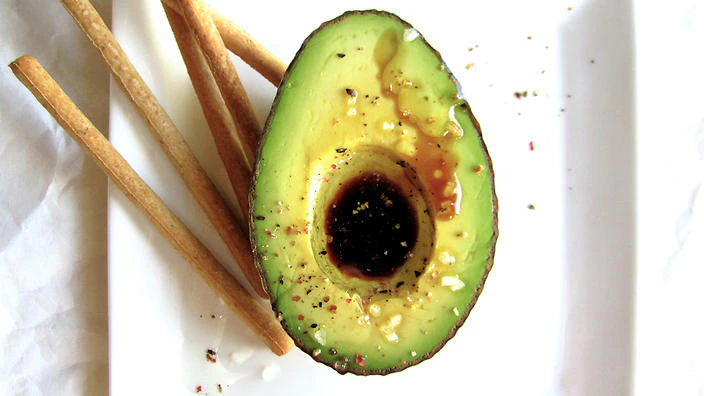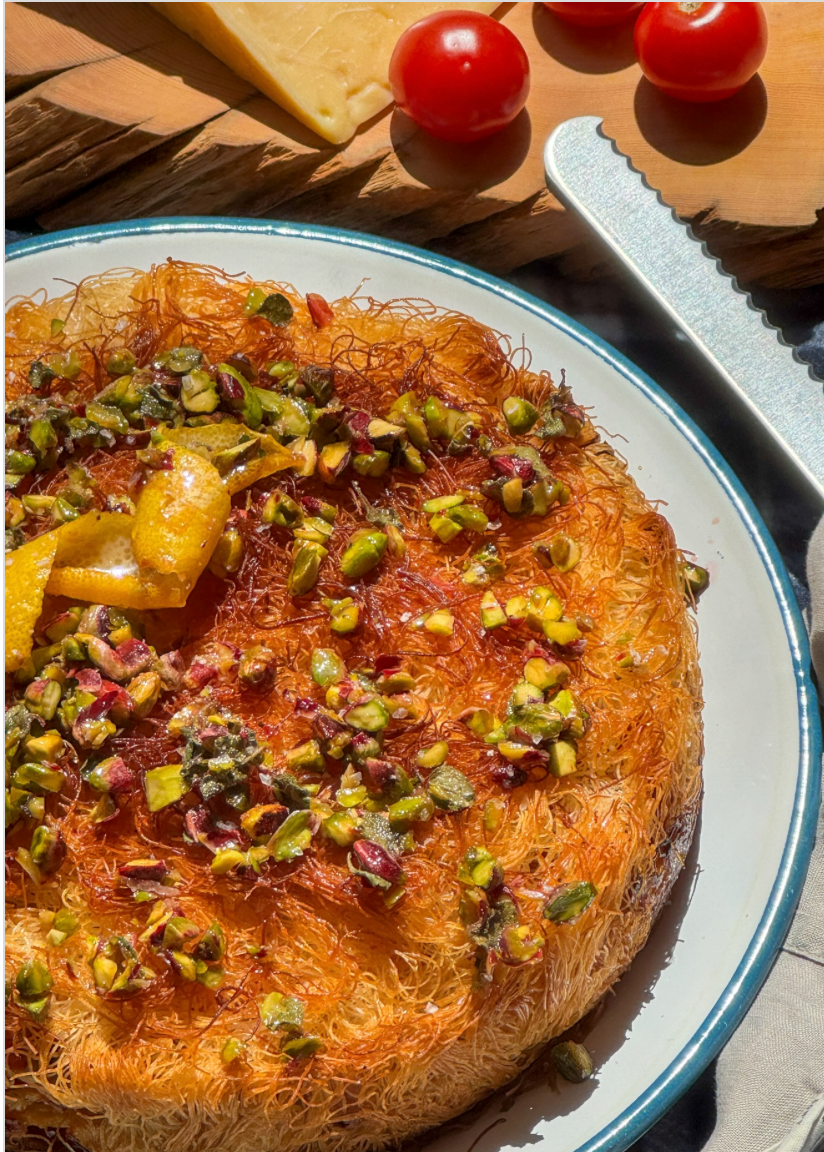First
- rosemary
- Jun 12, 2023
- 5 min read
"Presentation of the first course is of especial importance; owing to its place in the menu it should give a favourable impression both to the eye and palate and pave the way for what is to come." Rosemary Hume and Muriel Downes

That statement was made back in 1963 - in my youth, and yet it has a very definite old-fashioned and daunting ring to it. To me 1963 is not that long-ago really in some ways. I mean it's not really old history is it? It's not Victorian, even Edwardian. Or maybe it sort of is. The 60s are legendary after all, but they are famous for being swinging. That statement is not very swinging. To me it sounds like it comes from the early twentieth century, not the last half. Which I suppose is explicable by the fact that the ladies who made it were, of course, born in a much earlier era. So do I sound old-fashioned to my grandchildren? Have I not kept up with the times?

Anyway here we are, back with a first recipe from this book - Penguin Cordon Bleu Cookery. Penguin were the big cookbook publishers of the time - well of the more adventurous and, I suppose, snobby kind of cooking and I may well have just collected this one because of the Cordon Bleu name. It was a symbol of excellence at the time.
Some time in the past, I know I have covered this book but just a brief summary of Cordon Bleu and the authors. Cordon Bleu began in Paris in the late nineteenth century. Students of the school, Rosemary Hume and Dione Lucas were allowed to set up a subsidiary in London:
"After Hume secured a loan of £2,000 from family and friends, the pair were able to base the school in two ground-floor rooms which they rented in Jubilee Place, Chelsea. The large room was the kitchen, the smaller the office, and in a corridor to the street, they set up a few tables and chairs for passers-by to enjoy the efforts of the students. The loan was given on the premise of being paid back within 15 years, but in only two years the loan was repaid in full." Cordon Bleu
They were so successful that in 1935 they moved to larger quarters, and also opened a restaurant. But then came the war, the school closed down and Dione Lucas moved on. After the war it was re-opened, this time with Constance Spry as partner. And eventually the book above was written with Muriel Downes, Constance Spry having died or moved on. Here they all are with their gloriously old-fashioned aura. I also found a bit of gossip - I do not know whether it is true or not, but Rosemary Hume was in relationships with Dione Lucas and later with Constance Spry. Who knows, who cares? But sort of interesting. Anyway from left to right - Rosemary Hume, Dione Lucas, Constance Spry, Muriel Downes.
I shouldn't mock as they are all some of the first movers and shakers in the cookery world in the middle of the twentieth century - about the time when things massively changed in the British Isles - and Cordon Bleu marches on.
The first chapter as you can see from my opening picture is all about the first course. If you are dining au Cordon Bleu there will be more than one course, and the first course is almost not a proper course, but a 'prelude' to the main event.
And the first thing they choose as an appetiser is fruit - well an apple is the first fruit in a biblical, symbolic sense, although apples are not chosen by them as an example of a fruity first course. But I couldn't resist and went searching for apples as a first course. Times have changed after all. However I quickly saw the problem. Apples go brown very quickly as soon as you cut into them, so they don't adapt easily to fresh presentations. You can cook them though, but even then not a popular choice for an appetiser - I have just two examples. There were more, but somehow they didn't look - well - appetising. First fruit it may be, although many argue about whether it should really be something else - quince, pomegranate, even banana - but not a suitable entrant as a first course. But you could try Apple Cinnamon Bacon Bites from Sprinkle Some Fun - an example of a riff on the prosciutto and melon thing - to which I shall come, or Apple, bacon Cheddar puff pastry bites from Paula's Apron.
The Cordon Bleu ladies however, preferred to go with the rather more photogenic, and easier to handle melon as their first choice, with grapefruit, avocado and pineapple as their others.

Melon:
"The most attractive way to serve them is to embed each half in soup plates on finely chipped or crushed ice ...
When serving melon have a bowl of caster sugar and a small dish of ground ginger to accompany. The pepper mill should also be at hand, as a light dusting of pepper brings out the flavour of melon, especially that of the Canteloupe."
I tried really hard to find that simple presentation on ice - but found nothing - so I settled on an introductory picture of the generic ham wrapped melon thing. You will find endless ways of presenting that particular combination. However, we have got rather fancier with melon. Try these: Ricotta, Cantaloupe Melon Jam and Prosciutto Bruschetta from Figs and Pigs; Griddled watermelon, feta, pickled melon and cucumber, spicy crumb from Irini Cooks and two from Coles - Curtis Stone's Melon salad with honey lime dressing and Watermelon, olive and bocconcini skewers.
It's easy to make melon look pretty. And it tastes good too.
So what about those other three - the grapefruit, avocado and pineapple - well just one for each fruit from modern times. I haven't quite ignored the skewer approach but it's still with us. And back in the day we were very into sticking things on toothpicks and then into a pineapple About my three samples I have to say that simple is best: Blackened shrimp grapefruit skewers/Physical Kitchness; Avocado appetiser/Anna Neville Joyce/SBS and Chilli lime gilled pineapple/Masala and Chai.
The choice of avocado as one of their fruits was a bit prescient was it not? But no figs - I think they might be high on the fruit appetiser spectrum these days, however when you do a very quick search in Google images you will find a dominance of strawberries which I think is a bit odd - more suitable for dessert I always think.
So first things for a big meal. There are of course endless possibilities. I think they are right that fruit is a good starter, not just because it is light, but also because it's taste tingling and anticipatory. Celebratory even.



























Comments